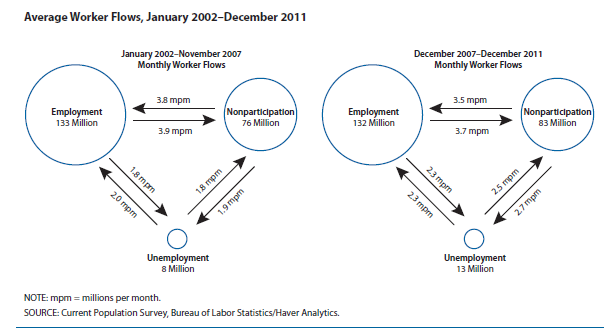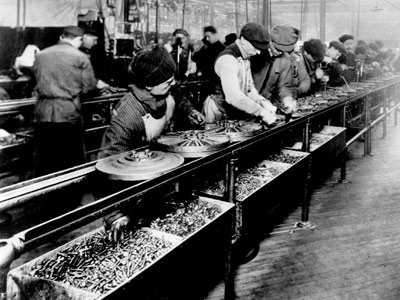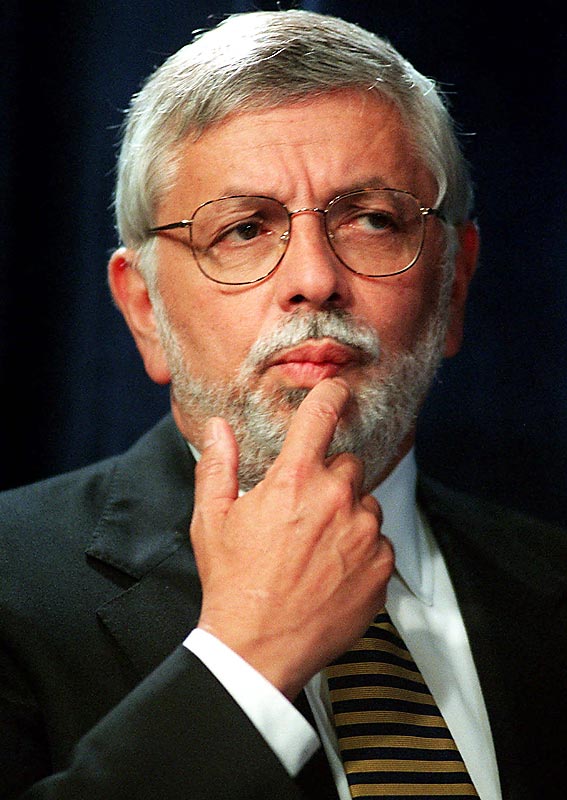Spring Break #2 - I don't know anything about Instagram
Of course by now you've heard, read, or more likely seen a Facebook status update from someone with the news that social networking colossus Facebook has announced their intention to buy social photo-sharing service Instagram for a cool $1 Billion. That's with a 'B'. I have never used Instagram and don't know much more than what I picked up from the few pieces I read about the acquisition. But since this is a blog, I won't let that stop me from commenting. Artsy, right?
Artsy, right?
Most of the reaction to this announcement has fallen into three distinct buckets:
1. Wow, $1B for a new(ish) company with no revenue and no plan to actually earn any revenue? The DotCom bubble is back!
2. (from loyal Instagram users) - Wow, I hope big, bad Facebook doesn't screw up Instagram. I may have to delete my account. Editor's Note: No one cares, you big crybabies.
3. Smart move by Facebook. Photo sharing is the most popular feature on Facebook, and Instagram was becoming a real threat to Facebook's dominance in the space. Their mobile solution is miles ahead of Facebook's, and making the acquisition just killed their main competitor in the space.
All reasonable takes and fairly expected I suppose. But I'd like to offer a fourth take, one not about what a $1B valuation says for a company with $0 revenue - the revenue or lack thereof was not important to Facebook, the 30 million users were. But rather what the $1B valuation for a company of a grand total of 14 employees says about technology, the labor market, and the new rules of the digital economy.
In some not-too-distant past, building a billion-dollar company would take years of toil, pain, sacrifice, risk, and ingenuity no doubt, but it would also typically take people, usually hundreds, maybe even thousands. Instagram (and others like them, just not quite as valuable), are showing that not only is the need to build up and sustain a revenue and profit model not necessarily important in achieving a massive payday, but also that the traditional process of slowly building and growing a larger and larger staff of employees to manage and drive that growth may not be needed as well. In these digital businesses, plugging in to additional outsourced computing resources and programmatically rolling out a new feature or change to many thousands of servers and many millions of users is a job that can often be managed by just a couple of staff.
The interesting metric to me in the Instagram deal isn't $1B for $0 revenue, it's 30 million users for 14 employees.
And that's a lot of sepia-wash pictures of your dog.
Happy Tuesday!

 Steve
Steve



